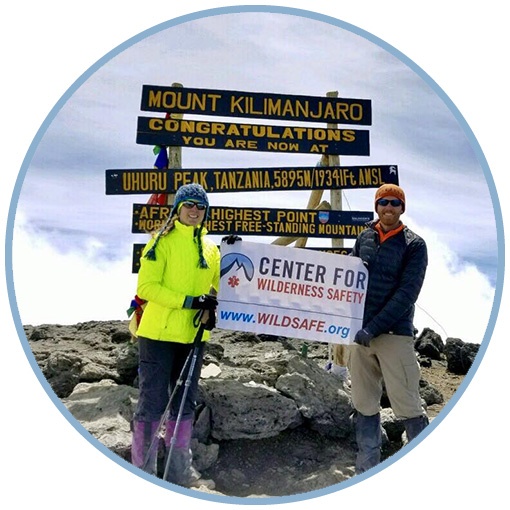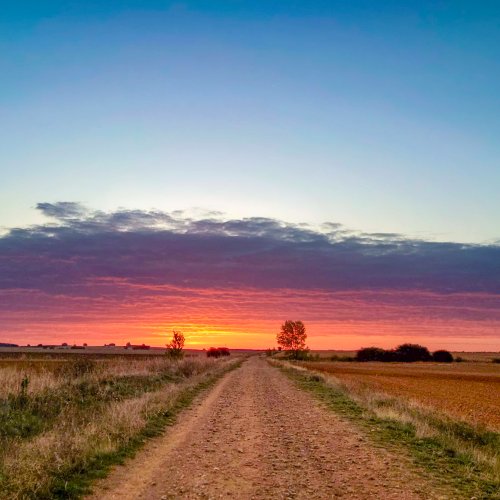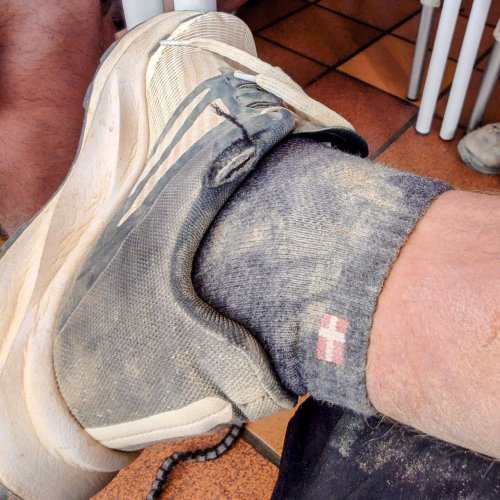Pippy
New Member
- Time of past OR future Camino
- Planning for 2026
I’m hoping to do the Frances in 2025, I’m 52 not in the best of shape so lots of plans to improve that before I go. My question though is has anyone had any issues with Asthma. I’m a little concerned about going over the Pyrenees, does higher altitude affect asthma? Pollens are also a concern but less so than the mountains and altitude. Thanks.














